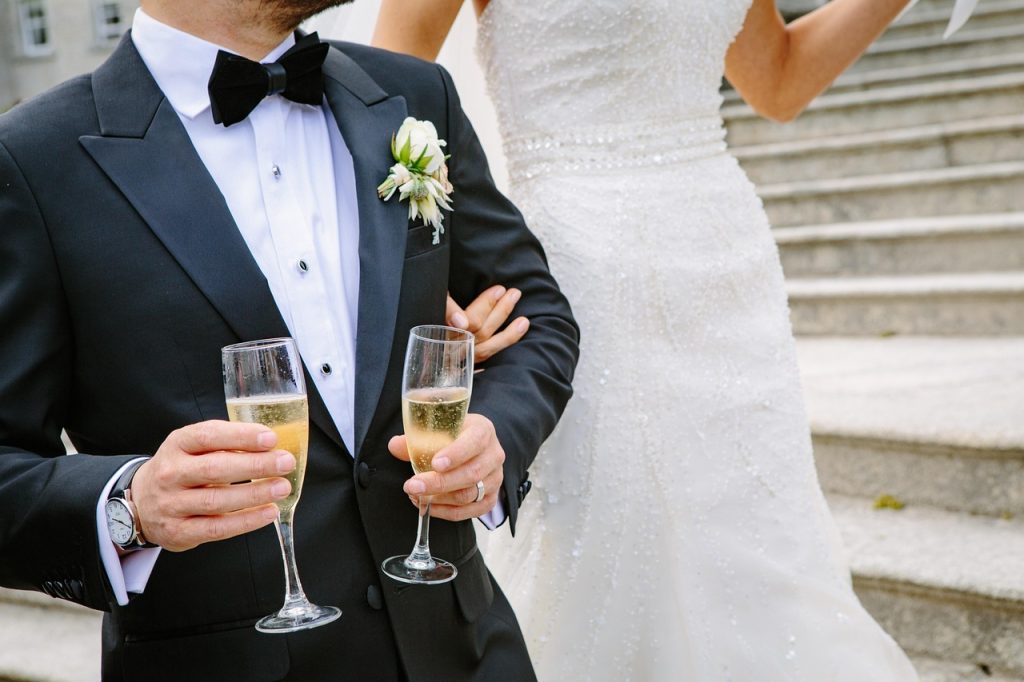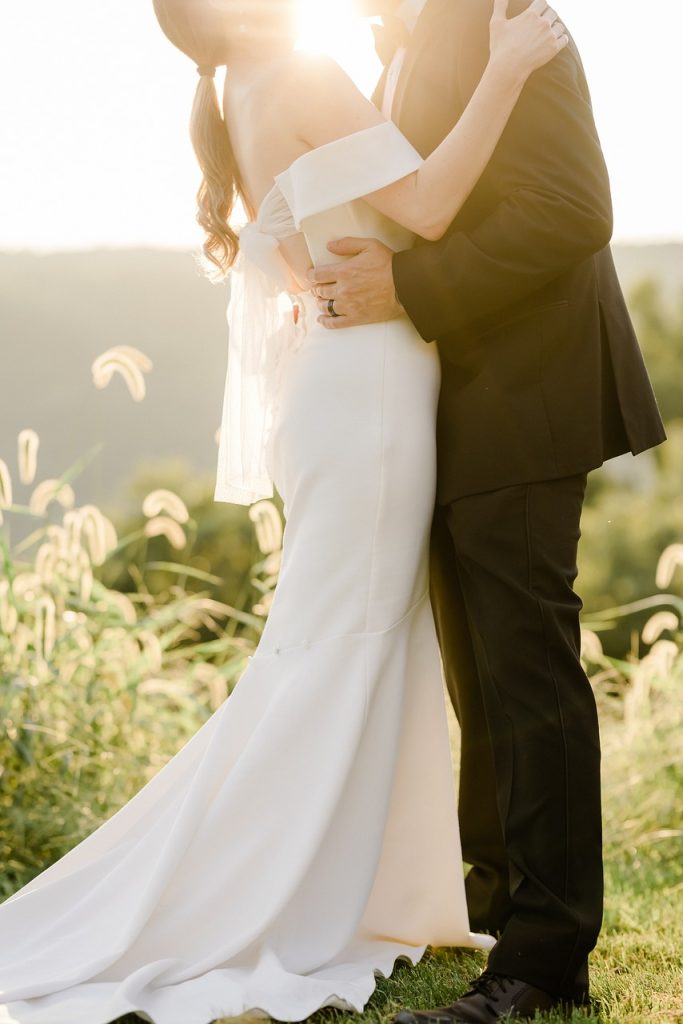The Significance of Mehndi in Weddings

Mehndi, or henna, has been a vital part of wedding celebrations, particularly in South Asian cultures. Traditionally, intricate designs are applied to the bride’s hands, symbolizing joy, love, and prosperity. However, the groom’s mehndi design is gaining popularity, representing his connection to the bride and adding a personal touch to the celebrations.
More than just a decorative element, the groom’s mehndi signifies the bond between the couple. Unlike elaborate designs on brides, grooms often opt for simpler yet meaningful patterns that echo their personality and style. From geometric shapes to floral motifs, the options are boundless.
What are popular designs for groom mehndi?
Groom mehndi designs often feature minimalistic but meaningful patterns. Some popular designs include:
- Initials or names of the couple
- Symbols of love and unity
- Geometric patterns and mandalas
According to a survey by Henna Designers, 70% of grooms now choose to incorporate mehndi in their wedding preparations.
Choosing the Right Mehndi Artist

Selecting a skilled mehndi artist can make a significant difference in the outcome of your wedding mehndi design. A professional artist not only brings expertise in design but also knowledge of the best quality henna to use. Consider checking their previous work through social media or personal recommendations.
Additionally, it’s essential to communicate your vision clearly. Provide reference images and discuss your preferences for design, color, and style. A collaborative approach will ensure the final design aligns with your expectations.
How much time should be allocated for mehndi application?
Typically, grooms should allocate 1 to 2 hours for the mehndi application, depending on the intricacy of the design. It’s advisable to schedule this before other wedding events to avoid stress.
Many professionals suggest a trial session before the wedding day to ensure everything runs smoothly on the big day. An expert’s opinion backs this up: “It’s always wise to have a trial to perfect the design,” says renowned mehndi artist Anisha Kapoor.
Maintenance of Mehndi for Longevity

To ensure that your groom mehndi lasts longer and stains prominently, proper care is essential. Avoid water contact for the first 12 hours after application, and refrain from scrubbing the design during washing. Additionally, applying a mixture of sugar and lemon juice can help enhance the color and richness of the henna.
Remember, the henna works best on clean, oil-free skin; thus, exfoliating the hands beforehand can help achieve a more vibrant color.
What is the best way to care for mehndi at a wedding?
To care for your mehndi at the wedding, keep these tips in mind:
- Avoid direct sunlight.
- Wear loose clothing to minimize skin contact.
- Keep the mehndi covered when possible.
Expert tips recommend using a solution of essential oils to help deepen the stain over time, enhancing its appearance as the wedding progresses.
Conclusion

Hand wedding groom mehndi designs are more than just aesthetic elements; they symbolize love and unity between partners. By understanding the significance, choosing the right artist, and maintaining your mehndi, you can make the most of this beautiful tradition. Whether you’re looking for simplistic designs or something more intricate, there’s a perfect mehndi for every groom.
Be sure to share your thoughts or experiences in the comments below, and feel free to subscribe for more insights on wedding trends!
